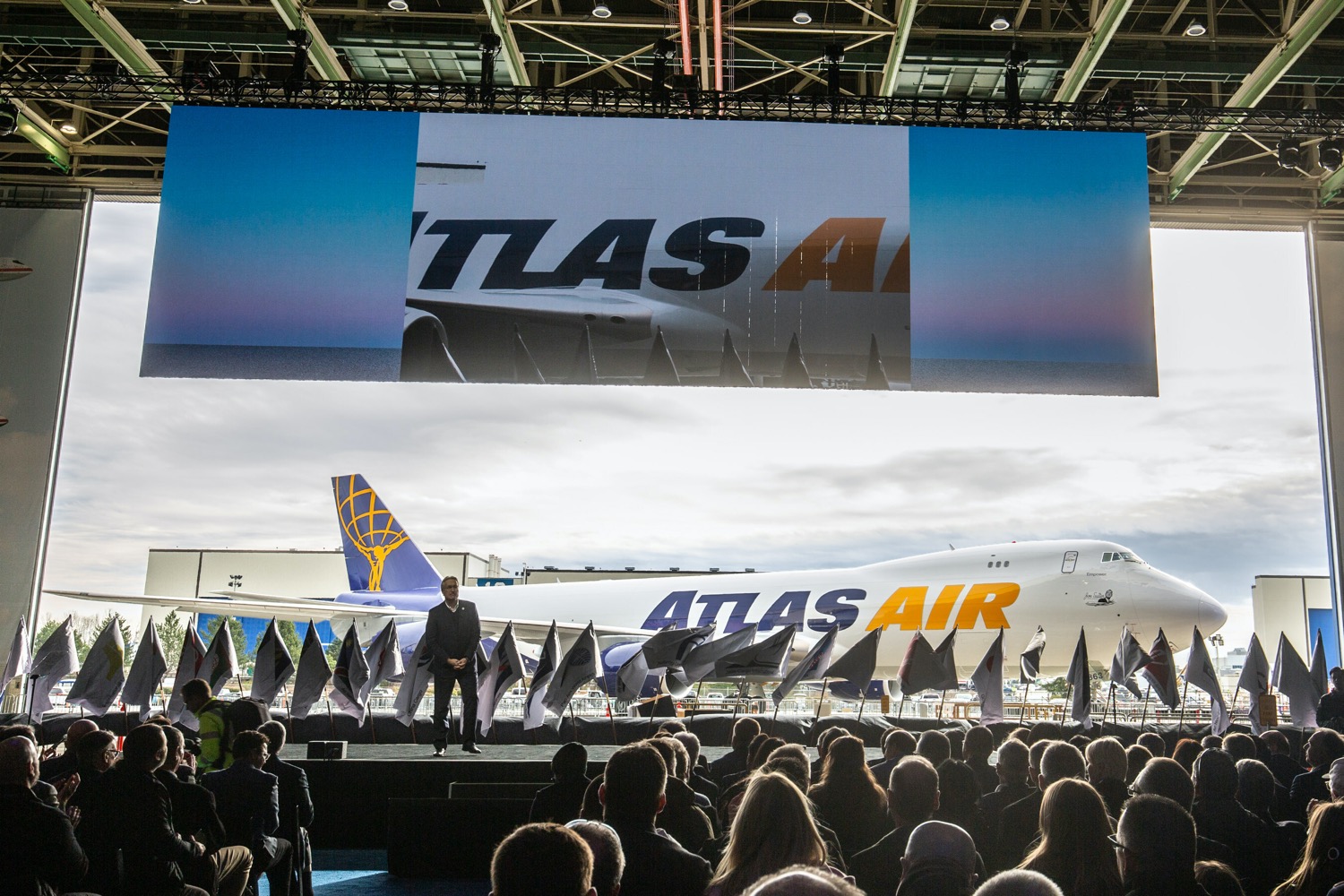Boeing and Atlas Air Worldwide joined thousands of people – including current and former employees as well as customers and suppliers – to celebrate the delivery of the final 747 to Atlas, bringing to a close more than half a century of production.
Boeing employees who designed and built the first 747, known as the "Incredibles", returned to be honored at the Everett factory where the journey of the 747 first began in 1967. The factory produced 1,574 planes over the life of the program.
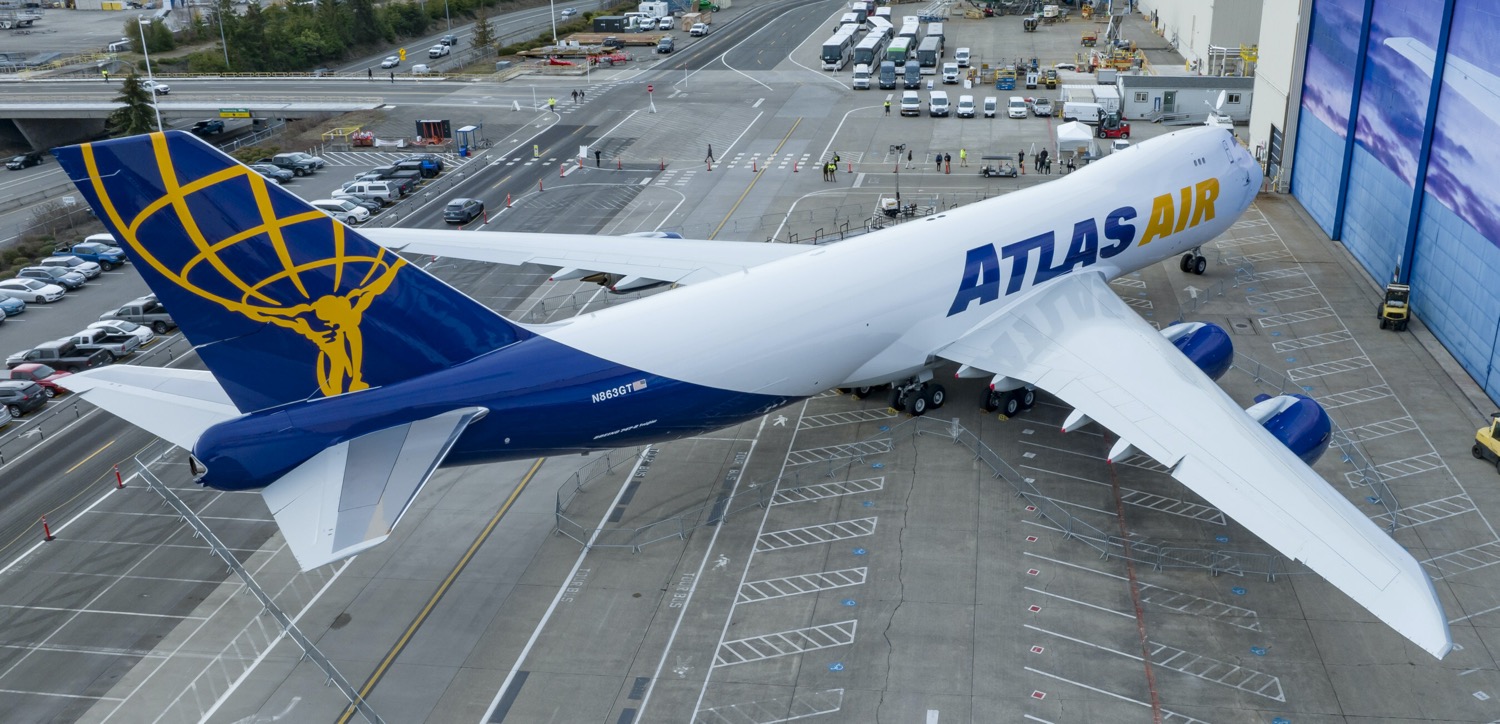
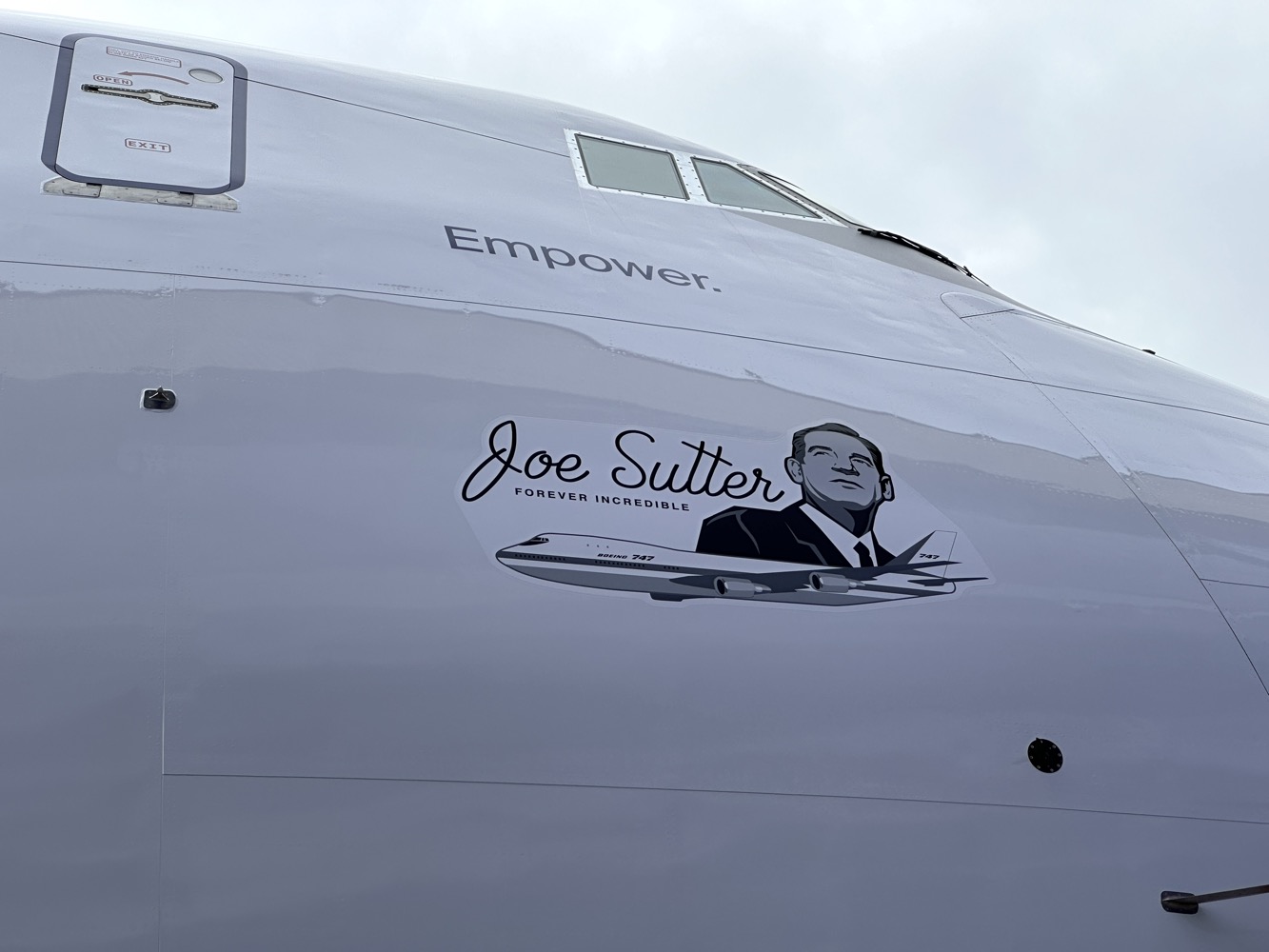
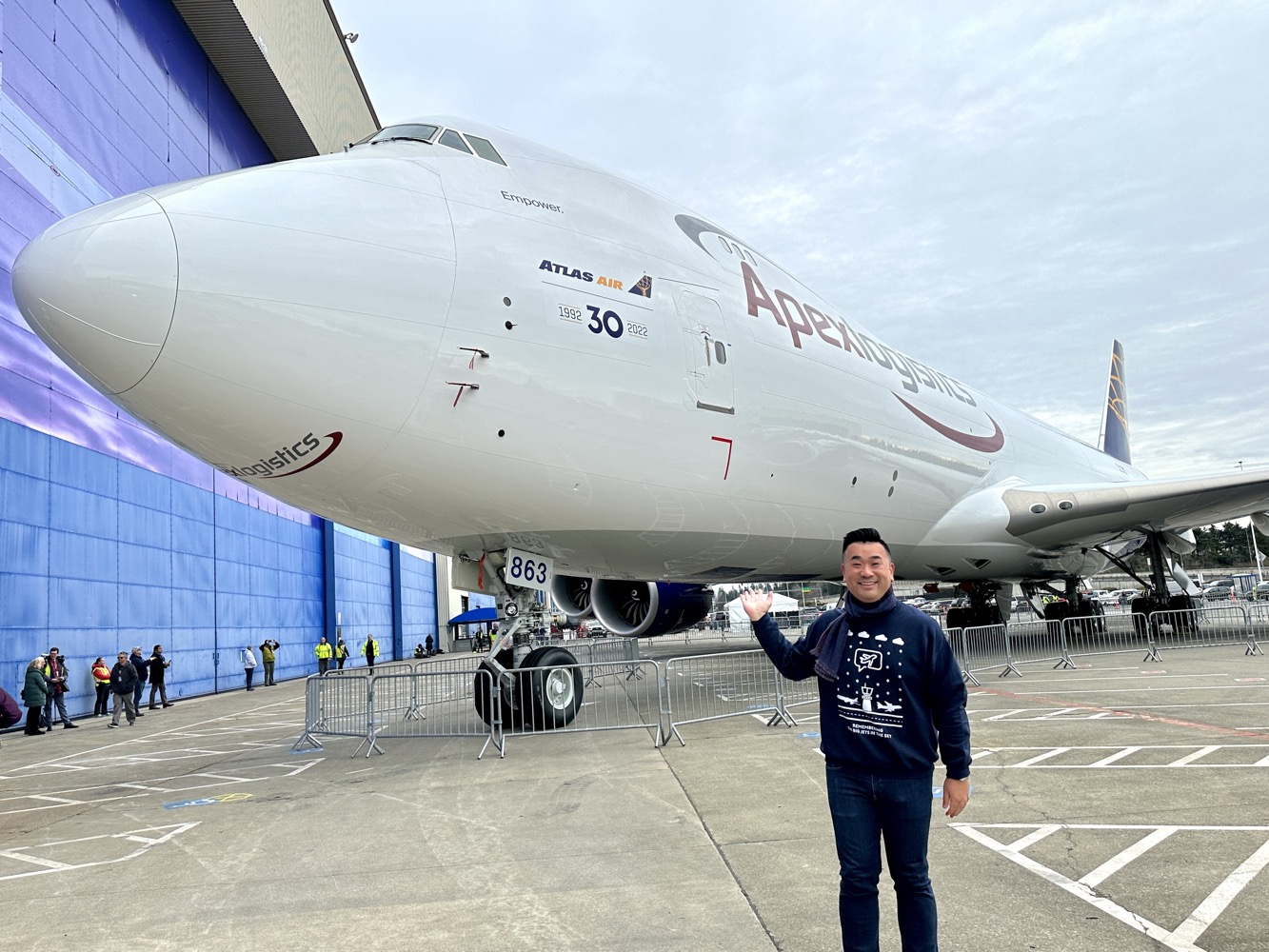
"This monumental day is a testament to the generations of Boeing employees who brought to life the airplane that 'shrank the world,' and revolutionized travel and air cargo as the first widebody," said Stan Deal, president and chief executive officer of Boeing Commercial Airplanes. "It is fitting to deliver this final 747-8 Freighter to the largest operator of the 747, Atlas Air, where the 'Queen' will continue to inspire and empower innovation in air cargo."
"We are honored to continue our long history of flying this iconic aircraft for our customers around the world," said John Dietrich, president and chief executive officer, Atlas Air Worldwide. "Atlas Air was founded over 30 years ago with a single 747-200 converted freighter, and since then, we have spanned the globe operating nearly every fleet type of the 747, including the Dreamlifter, Boeing's 747 Large Cargo Freighter, for the transport of 787 Dreamliner parts. We are grateful to Boeing for their shared commitment to safety, quality, innovation and the environment, and for their partnership to ensure the continued success of the 747 program as we operate the aircraft for decades to come."

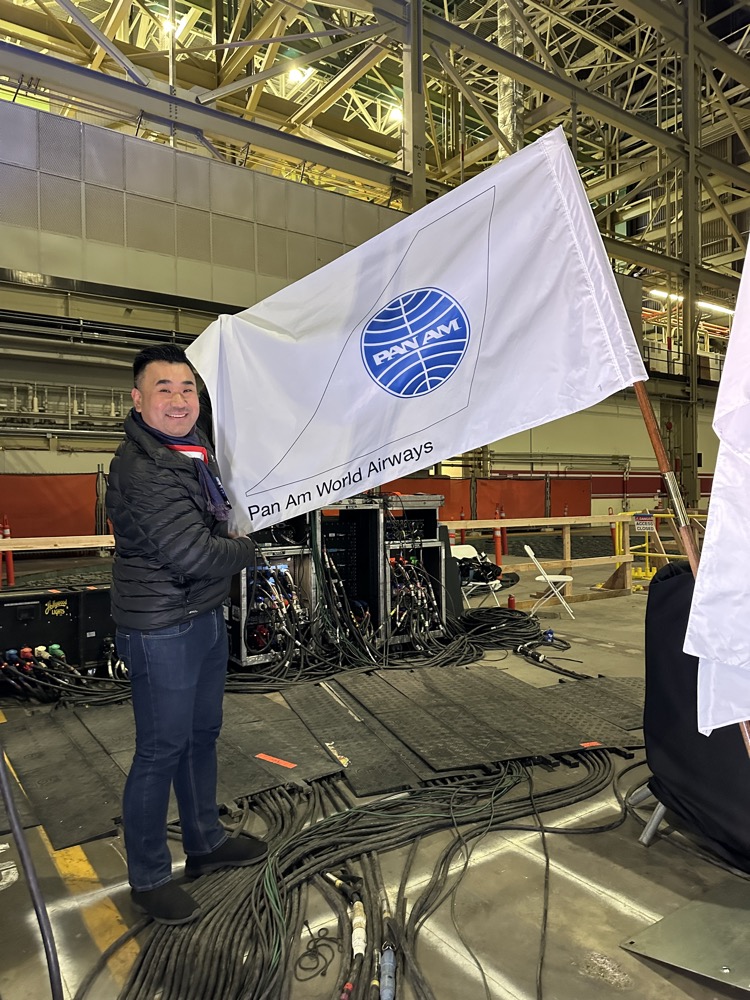
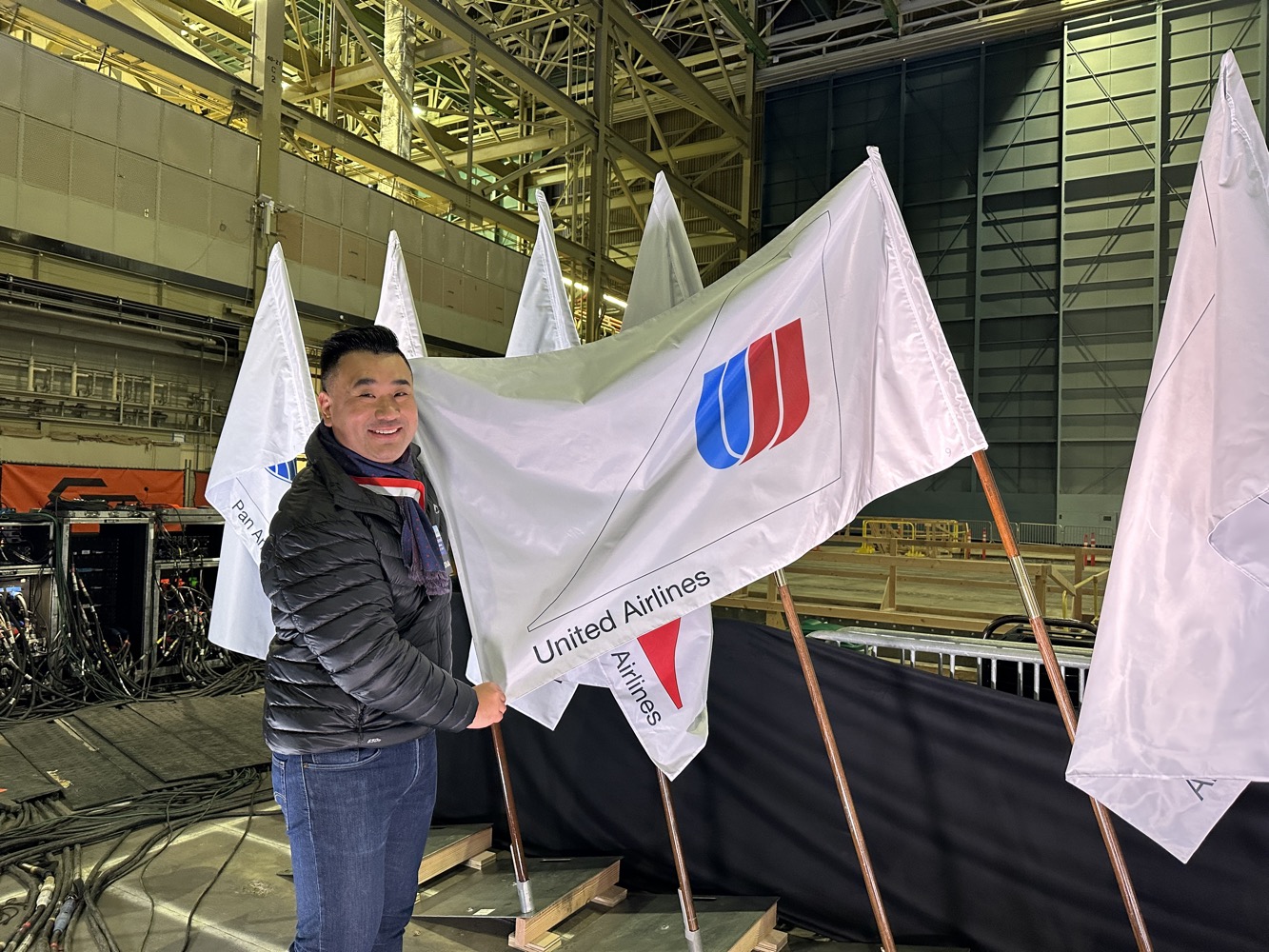


The Last 747 Takeoff from Everett
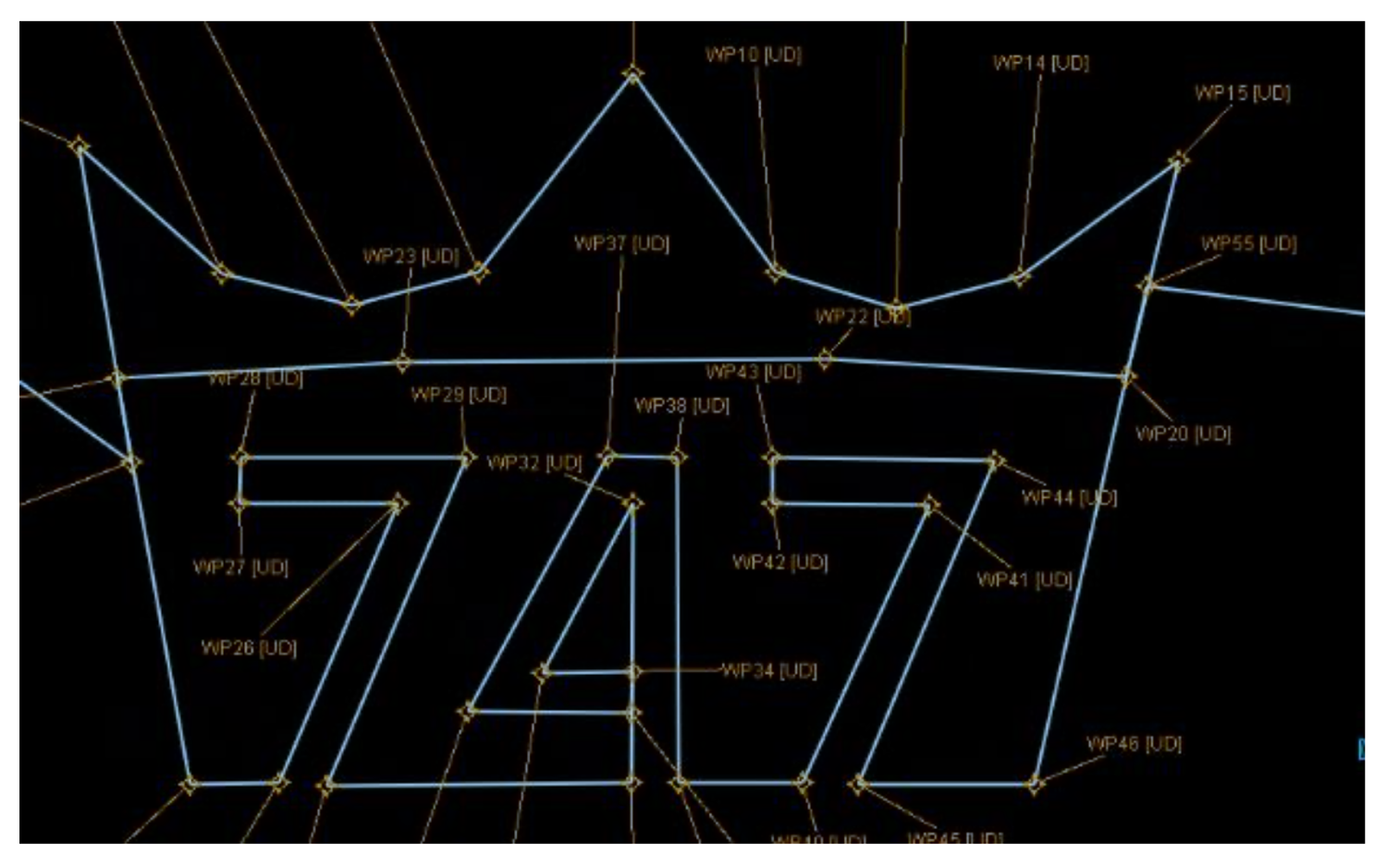
She received a water cannon salute and stunned the crowd with an incredibly fast climb out. Later, she did a low-level flyby over Paine Field and waved her tail to say goodbye.
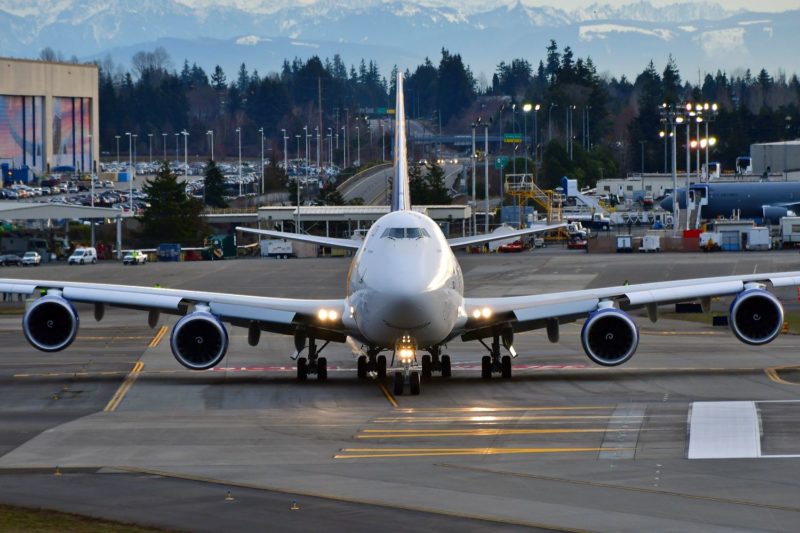
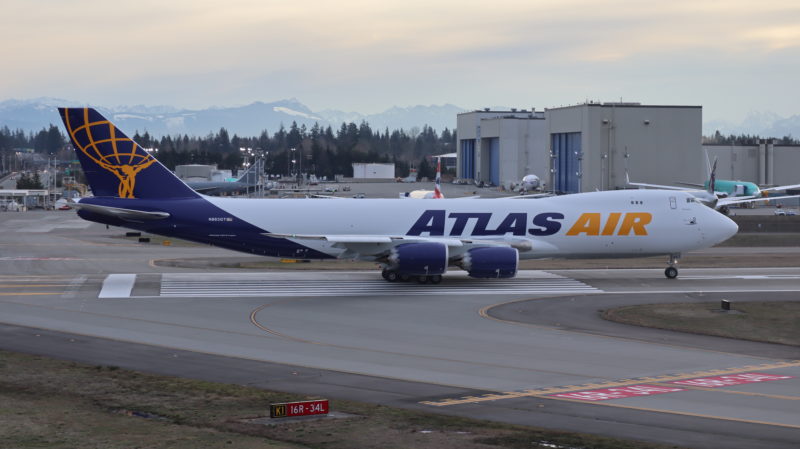
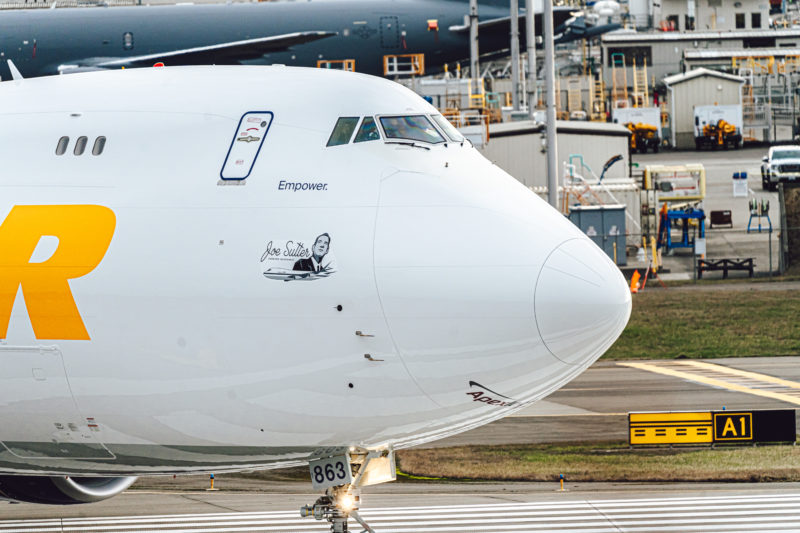
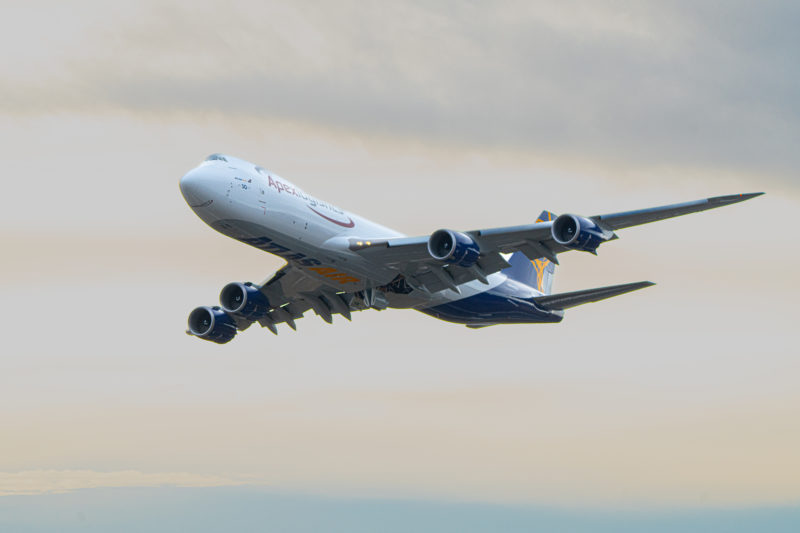
They drew a giant 747 in the sky to celebrate the occasion.
About the 747
The 747 is an icon of commercial aviation. Nicknamed the Queen of the Skies, the 747-100 made its first test flight on February 9th, 1969. It was the first airplane with two aisles and marked the first commercial use of the high bypass turbofan engine. It allowed more people to fly farther, faster and more affordably than ever before.
The distinctive hump on the 747 makes it readily recognizable, a symbol of great engineering, and often noted as an outstanding work of architecture. The 747 has also become a part of popular culture starring in numerous movies, TV shows and in the lyrics of songs.
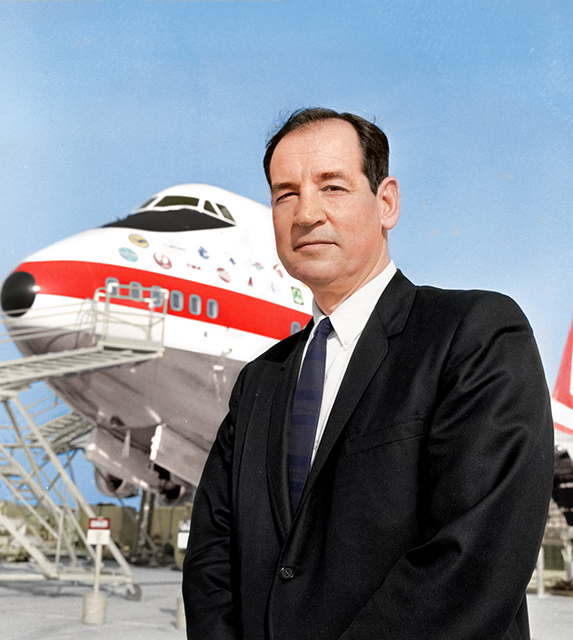
Credit Boeing Historical Archives colourized by Benoit Vienne
The first 747 was the result of the work of more than 50,000 Boeing employees. Called “the Incredibles,” these pioneers were construction workers, mechanics, engineers, secretaries, and administrators. They made aviation history by building the 747 – the largest commercial airplane in the world – in less than 28 months during the late 1960s.
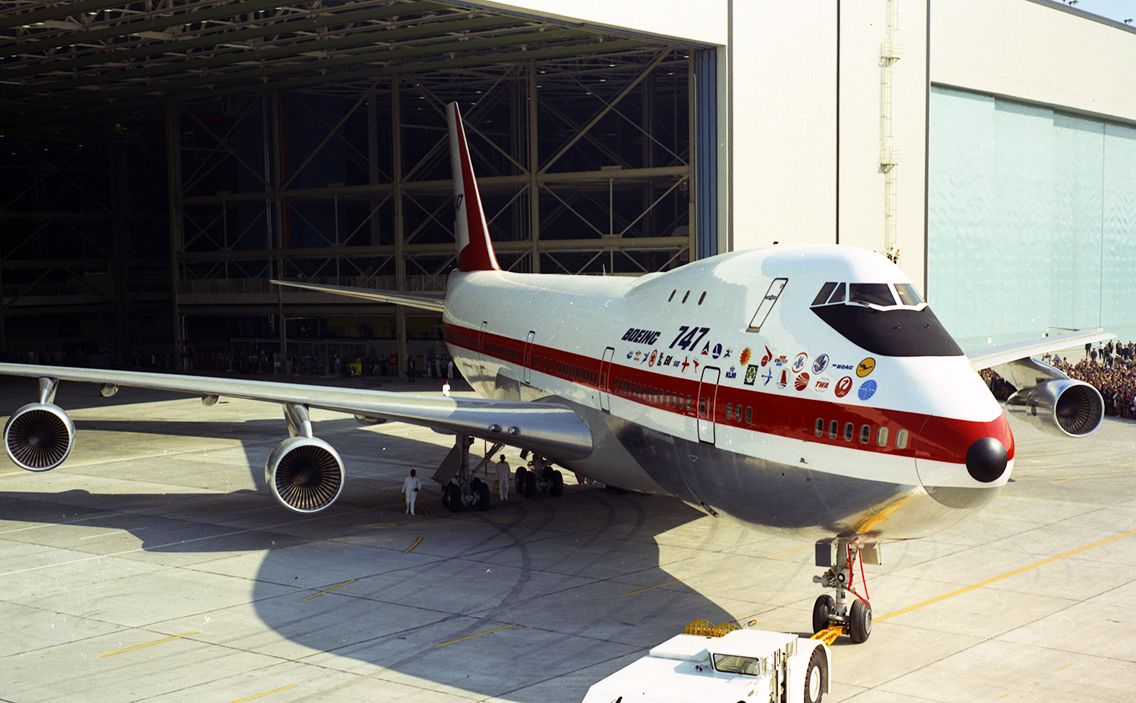
It is just over 50 years since the 747 entered service with Pan American on a flight from New York to London. The first passenger service got off to a rocky start with engine problems and was delayed by six hours and a substitute 747 was used.
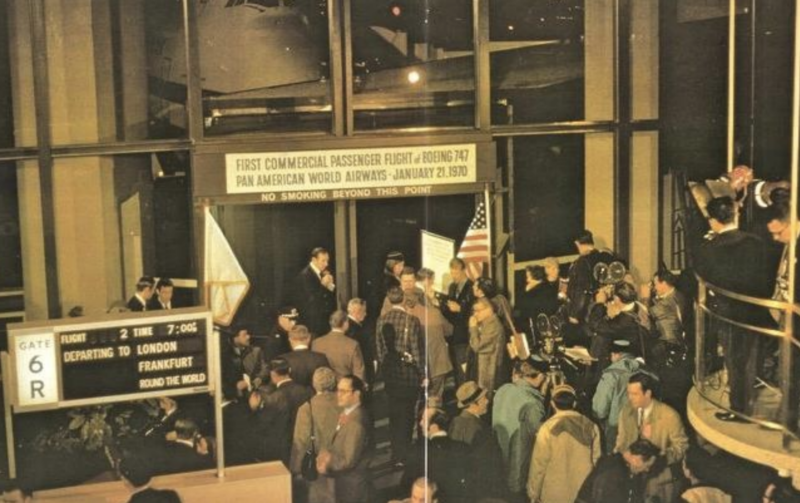
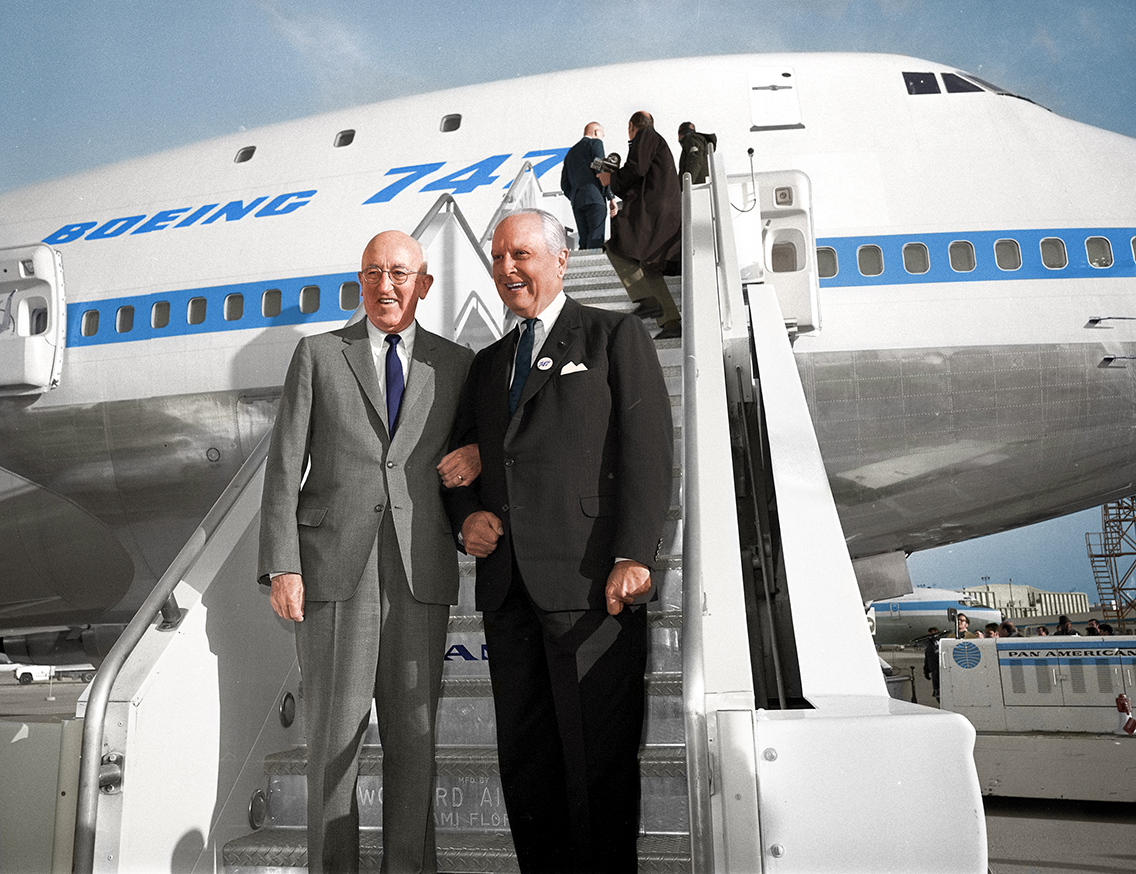
Credit Boeing Historical Archives colourized by Benoit Vienne
Today the 747 is still the Queen of the Skies to the billions of passengers, it has enabled to see the world.
The last 747, a -8F is the 1574th built of a production run that has spanned 55 years.
Atlas Air is currently the world’s largest operator of the 747 with 56 jumbo jets in the fleet.
Boeing 747 Fun Facts
- Production of the world’s first twin-aisle airplane, the 747 began in 1967 and spanned 55 years, during which a total of 1,574 airplanes were built for 100+ customers.
- The 747 fleet has logged more than 118 million flight hours and nearly 23 million flight cycles.
- From the early days of the program, the 747 was designed with freight in mind. A key reason the 747 design located the flight deck on a second level was to facilitate cargo loading in later freighter derivatives.
747-8
- At typical cruising speeds, the 747-8 travels roughly the length of three FIFA soccer fields or NFL football fields, per second.
- The 747-8 is able to travel the length of a standard 26.2-mile marathon (42.2 km) in 2.5 minutes.
- The 747-8 tail height is 63 ft 6 in (19.5 m), equivalent to a six-story building.
- With a revenue payload of 133.1 tonnes, the 747-8 Freighter is able to transport 10,699 solid gold bars, valued at $7.7 billion.
- The 747-8 Freighter could hold approximately 19 million ping-pong balls or golf balls.
- The total electrical capacity of a 747-8 can power up to 480,000 32-in. (81 cm) flat screen televisions.
- A 747-8 Freighter is able to instantly airlift nearly 9 million 72-hour medical kits or 122,000 military MRE (meals ready to eat) to a location in distress.
- There are 14 stairs in the stairwell to the upper deck.
- Just the upper deck of a 747-8 Intercontinental has the same square area as a 737-700.
Wings
- One 747-8 wing would accommodate the total living space (total floor area) of four family homes, each with three bedrooms and two bathrooms at 1,375 square feet each (128 sq. m).
- The wingspan of the 747-8 is as wide as two 737-700s lined up nose to tail.
Performance
- Engine thrust has grown from 43,500 pounds per engine on the early 747s to as much as 747-8 GENx-B2 engines are rated @ 66,500 pounds per engine.
- The fan diameter of the 747-8 GEnx-2B engine is nearly the fuselage diameter of a B- 29 bomber fuselage.
- One 747-8 GEnx-2B engine has approximately the same take-off thrust as all eight engines together on the original B-52 bomber (PW YJ57-3).
- The 747-8 Intercontinental range is approximately 7,790 nautical miles (14,430 km); the freighter range is approximately 4,325 nautical miles (8,010 km).
- Maximum takeoff weight is almost one million pounds (about 450,000 kg).


